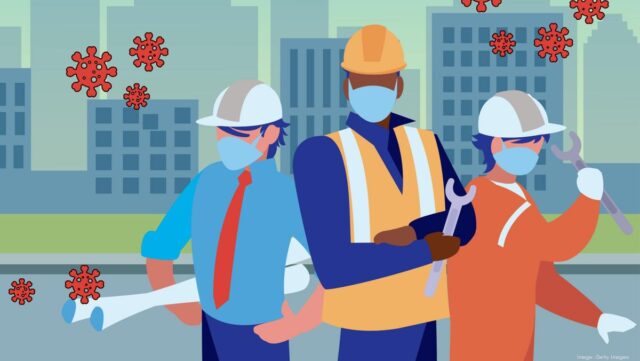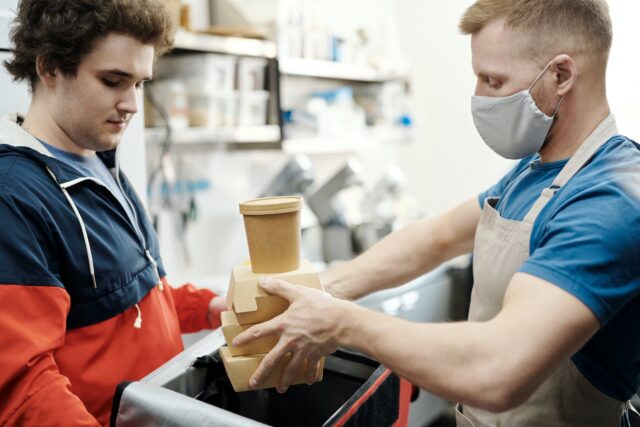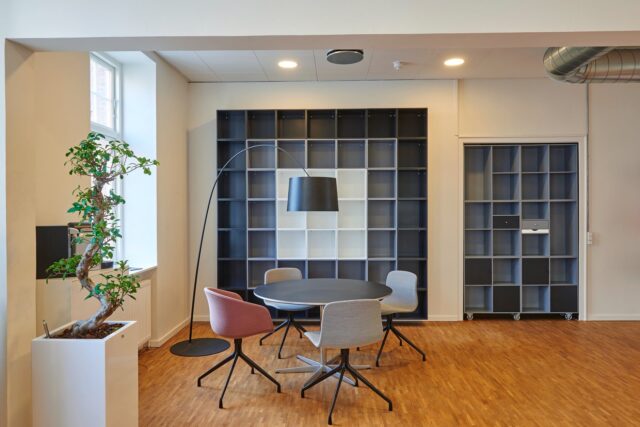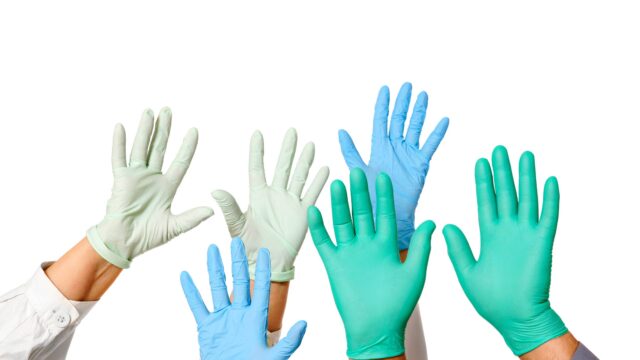
Knowing when to shut things down in the pandemic was, for many companies, a literally life-and-death decision. Over six months into a global pandemic, knowing when to reopen is just as important.
Whether you’re returning to work after working from home or you’ve been working in your office throughout the pandemic, knowing how to reopen safely is crucial. How to bring your employees safely into the office on a daily basis, and when, are key questions. We’ll look at those questions and more in this article.
The Office Setup and Social Distancing

Consider your employees and how their work stations are set up. Do they work directly next to each other or are their workspaces set up further apart? If it’s possible, have your workers maintain social distancing spaces between them as often as possible. Keeping space between your workers helps slow down the spread of sickness. Additionally, maintain and enforce social distancing at all times, especially including breaks, whether they’re inside or outside. Make sure that the sitting area for the employees is properly clean and sanitized. And for more information, you can click –pure-jacksonville.com and hire them for professional cleaning and sanitation services.
Enforcing those restrictions is the work of more than one person. For David Rowland, Head of Marketing at Engage EHS, health, and safety is the responsibility of everyone in an organization. This may seem tough to enforce, but the payoffs are huge: increased productivity of workers, better bottom line, and greater consumer confidence
If keeping your workers away from other workers is difficult, consider putting in plastic screens to hopefully stop germs from spreading. Screens are especially helpful in places like customer service desks, check out counters, and more, because they offer a physical barrier to germs spread by coughing, sneezing, or speaking.
Wear a Mask

Whether your office or workspace is able to social distance or not, science emphatically confirms that masks can slow down the transmission of viruses. Enforcing mask-wearing isn’t pleasant, but masks combined with social distancing can dramatically reduce the spread of viruses. Masks slow down the spread of germs by one person, and any receivers who also wear masks are less susceptible to getting ill because of a mask.
While some people prefer cloth or paper masks, clear masks that expose the face are also helpful at reducing the spread of viruses. Additionally, they allow others to see one’s face, and in certain workplaces, that is necessary and helpful.
Wearing a mask all day can be incredibly restrictive to some people, so it’s important to be sympathetic and understanding to your employees. With preparation and a good rapport between employees and supervisors, you can encourage compliance with the rules and also improve workplace morale.
Keeping the Workplace Clean and Sanitary

Keeping a workplace clean and sanitary can also help reduce the risk of infection. Wiping down desks multiple times a day, cleaning common spaces like the kitchen and banisters in the stairwell, and ensuring that frequently touched places like doorknobs, elevator buttons, and more are cleaned multiple times a day can all help reduce the spread of illnesses. Each person should be in charge of cleaning their own specific workstation, simply by using a disinfectant and a cloth. Common areas should be cleaned after each use, such as after someone heats up their food in the kitchen. And banisters and doorknobs and more should be cleaned as frequently as possible.
Setting up hand disinfecting stations around the workplace will also encourage people to disinfect their hands, thus limiting the spread of infection. They use an effective and eco-friendly EPA-approved sanitation solution and possess top-notch professional equipment suited to handle any commercial or residential demands.
Additionally, a further scientific study has confirmed that air vents, like air conditioners, can spread COVID-19. If you’re in a small, family-run office and the only group in a building, you may not need to be as concerned. Yet, if you’re in a tall office-building that relies on air conditioning to keep things cool and at a normal temperature, you may want to be concerned about the transmission of the virus through the air vents. Air conditioning could also allow the virus droplets to actually live longer because of a lack of humidity and the virus thrives best in cooler circumstances. To combat this concern, clean out air vents as often as possible, and enforce masks wearing and social distancing.
What Doesn’t Work?

Wearing gloves, unless they’re swapped out after every time one touches something, really isn’t any different than wearing no gloves at all. For instance, if you put gloves on, touch an elevator button, pick up your pen, hand your pen to a coworker, touch a doorknob, all without changing gloves, you’re still spreading germs just as if you were handing items with your hands. The biggest difference is that if you didn’t wear gloves, you’d be reminded to use hand sanitizer or wash your hands after touching doorknobs and such.
Not wearing masks, but remaining social distancing isn’t as helpful either as the two combined. Masks help keep the germs to oneself, and social distancing helps prevent germs from reaching others. The two must be done in conjunction to prevent the virus from spreading.
Minimize the Number of Workers

Last but not least, keep the overall number of in-house workers to a minimum. If you can work from home, do so; if your job relies on physical labor or in-person work, then keep your essential staff small. Many support roles, like accounting or some kinds of project management, can be done remotely.
By shifting some of the work to a remote basis, you’ll limit the exposure to Covid-19 in the broader community and help make the workplace safer for any essential employees.
Conclusion
Keep your workforce to a minimum because the fewer people around, the fewer germs that can be picked up and shared. Open windows and doors and move air through as possible, and keep spaces clean and sterilized to help prevent the spread of COVID-19 and to keep your workforce safe and healthy whilst on the job. It’s an unusual time to be working in a workplace, but hopefully, these necessary measures are temporary. Until then, everyone needs to work together optimistically, to slow down the spread of the virus.












